Benefits of Stand Up Walkers
Mobility aids are necessary for a wide range of individuals. Among all the types out there, walkers provide four contact points with the ground — or two wheels and two rubber-tipped ends. This solution supports individuals with limited use of their legs — either following an injury or long-term — but requires upper body strength to operate.
Rollators, meanwhile, use a similar format that allows the user to pick up speed as they move. The wheeled base with brakes better handles more uneven terrain, allowing the user to travel to more locations.
While a walker or rollator should hit close to the user’s arms, these formats increase risks for slouching and put pressure on the wrists and back. Upright rollator walkers offer a more ergonomic alternative, enabling users to stand upright with improved posture and provide additional support, stability and safety through firm armrests and handgrips. The upright position of the walker and dispersed stability from the armrests work together to allow users to be more active and walk farther with less effort. On top of a more natural and ergonomic walking experience, this mobility aid lets the user stand tall and confidently to face the world.
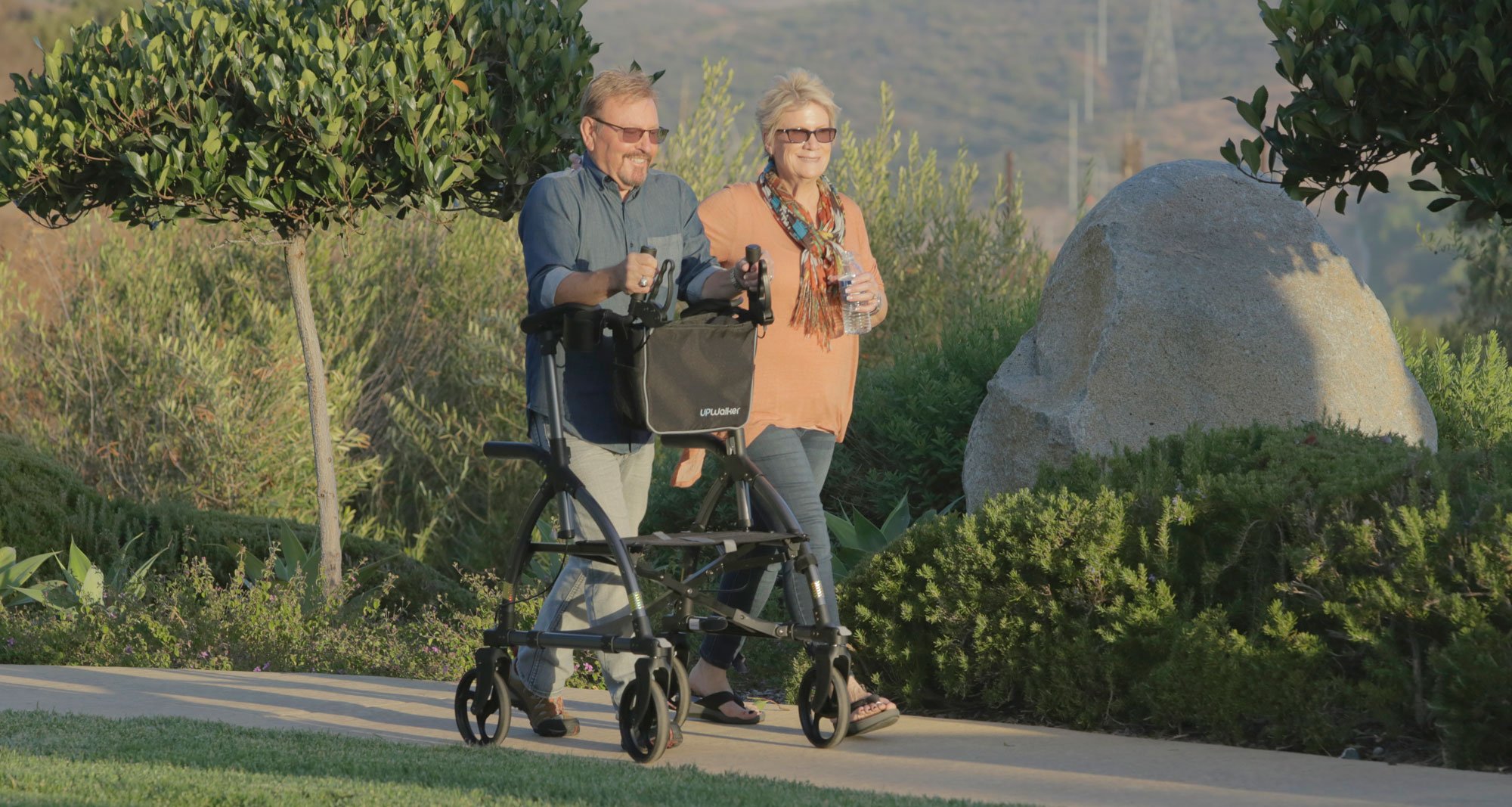
Who Should Use an Upright Walker
Users who experience discomfort, fatigue, joint or muscle pain while using traditional rollators may benefit from the upright design. A stand-up walker with seats can help users dealing with minor to moderate immobility. With properly positioned armrests and handgrips that include brakes, stand-up walkers can help a wide range of users correct their posture while benefitting from mobility support. Additionally, users who experience fear of falling may benefit from the added stability and security.
Upright vs Conventional
Upright or stand-up walkers allow users to walk in an upright position more securely than with conventional models. As a result, the user has access to more freedom and independence, as they can move as they wish and walk for extended periods of time without experiencing the back pain and fatigue associated with traditional walkers or rollators.
Armrests that connect to sturdy handgrips further help reduce back, wrist and lower limb pain by keeping the user in a secure, natural and stable position. With an adjustable height, upright walkers for seniors provide the exact fit and ergonomic form needed for healthy movement.
By design, conventional models position the user toward the ground with an arched back and place unnecessary pressure on the wrists.

Frequently Asked Questions (FAQ)
Q: Are upright walkers safe?
A: If the instructions are followed, these mobility aids are safe. They should not be used by individuals with extreme immobility.
Q: What are the benefits of this type of walker?
A: They are designed to keep users in an upright position while providing support that reduces the wrist and lower back pain associated with traditional rollators.
Q: Are stand up models more difficult to use than standard models?
A: Stand up walkers are made to provide more support while simplifying the walking process. It is more important to follow directions with upright walkers due to the importance of positioning. However, once the walker is adjusted to the proper position, they are a breeze to use!
Q: How are they used?
A: They have an adjustable height to ensure exact positioning depending on the user. The user rests his or her forearms on the armrests and grabs the handgrips to achieve stability. In an upright position, the user can then walk while the four wheels take care of the rest. The handgrips include brakes to provide additional safety and autonomy to the user.
Q: Where should the arms be positioned when using an upright walker?
A: The user's arms should rest on the armrests at a 90-degree angle. This position helps maintain an upright posture and gives the user the necessary stability for safe walking.
Other Walker Options
Upright walkers may not be the best option for everyone. The traditional rollator design better suits users who can maintain balance on their own but prefer to rest from time to time. Some individuals may benefit from a gait trainer, which is a type of mobility aid that assists people who need to learn or relearn how to walk safely and efficiently.
Reading Resources




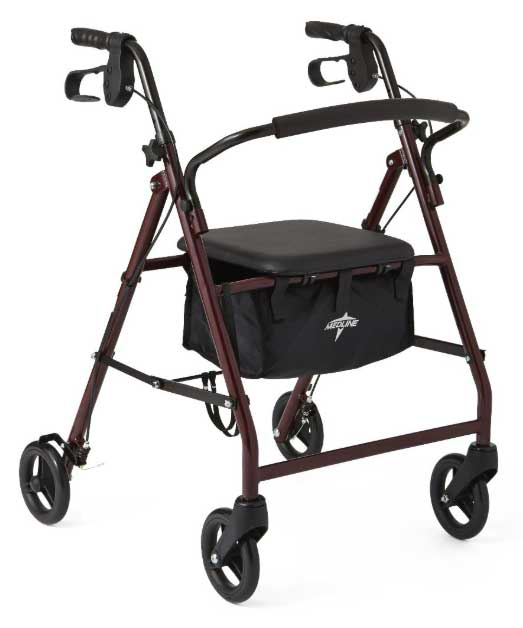

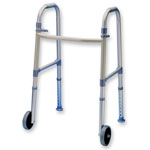
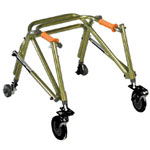

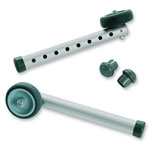
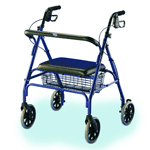
Login and Registration Form